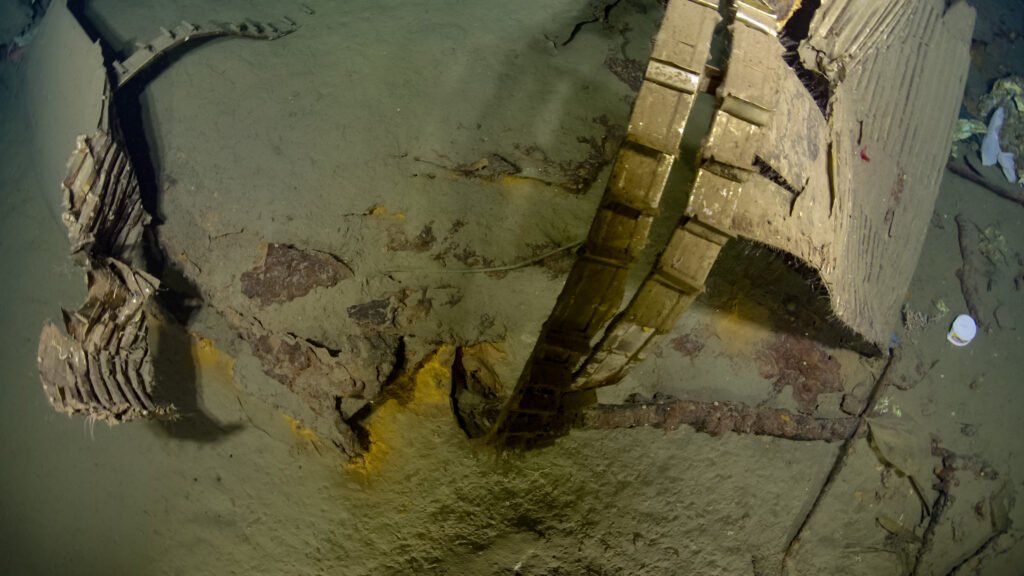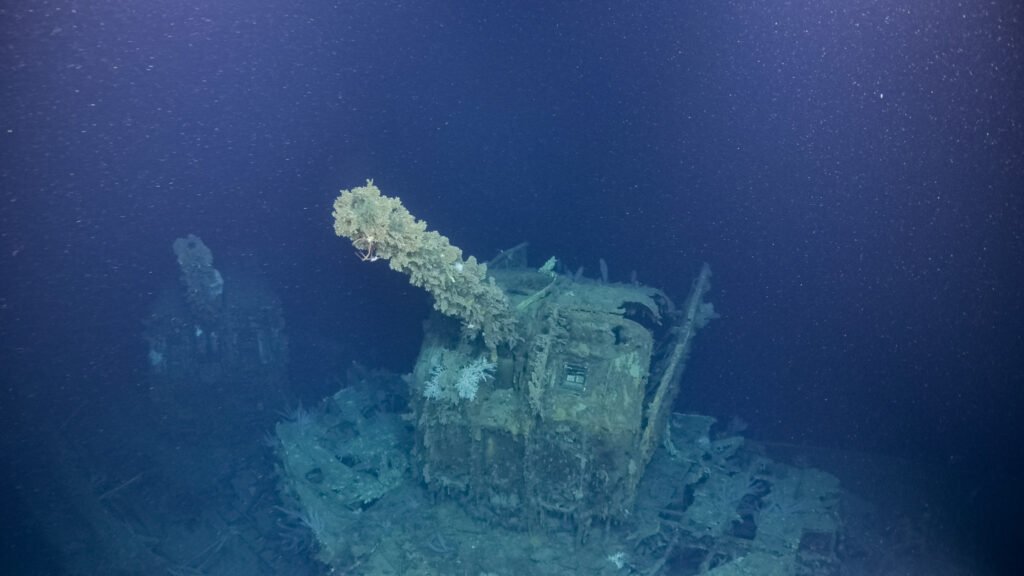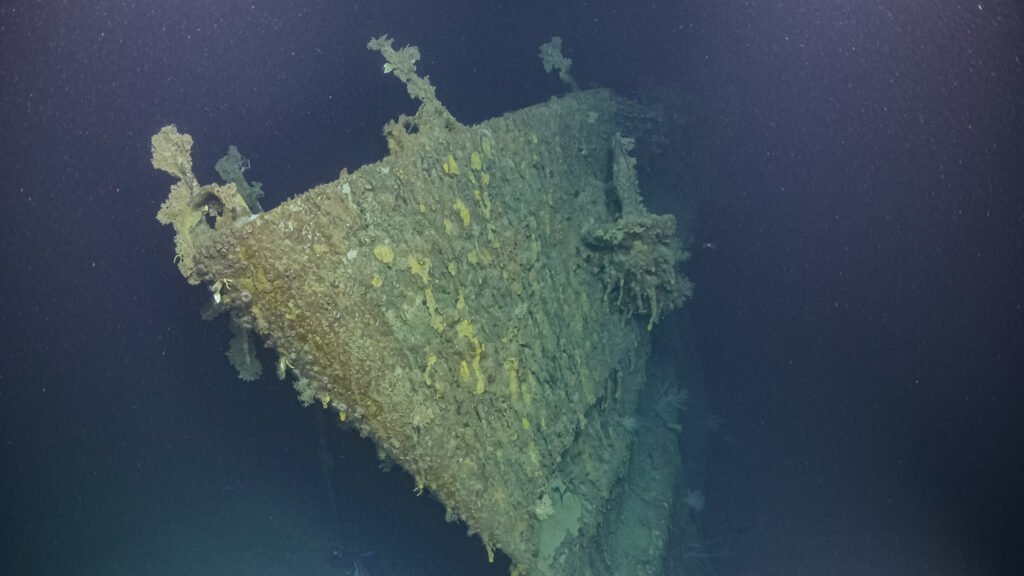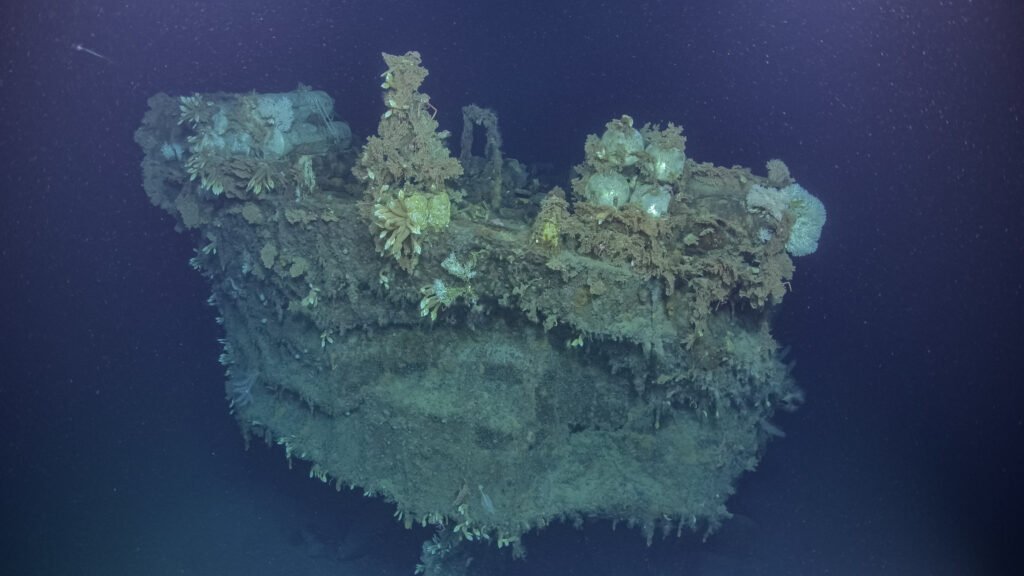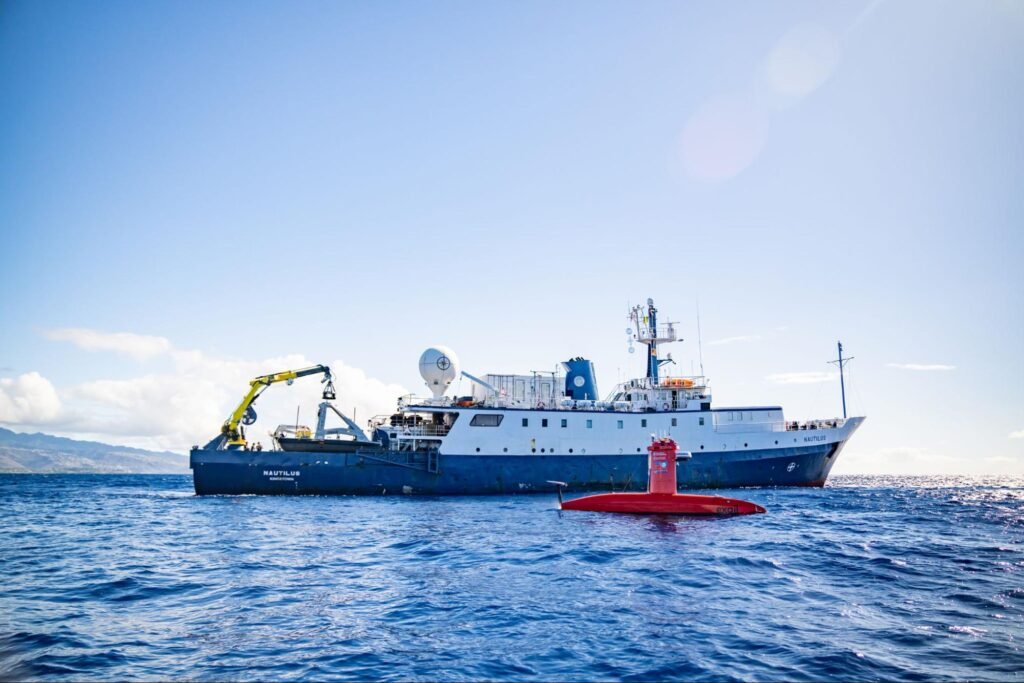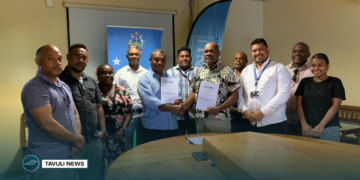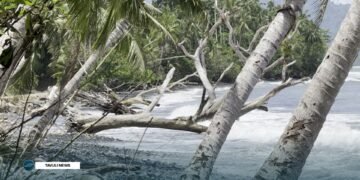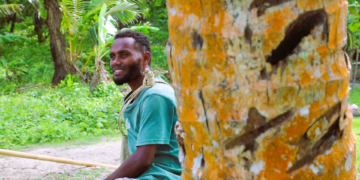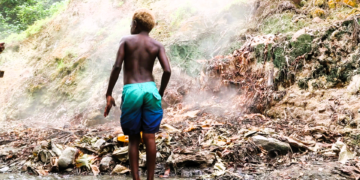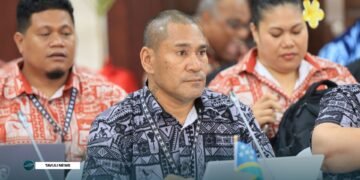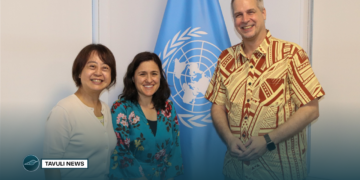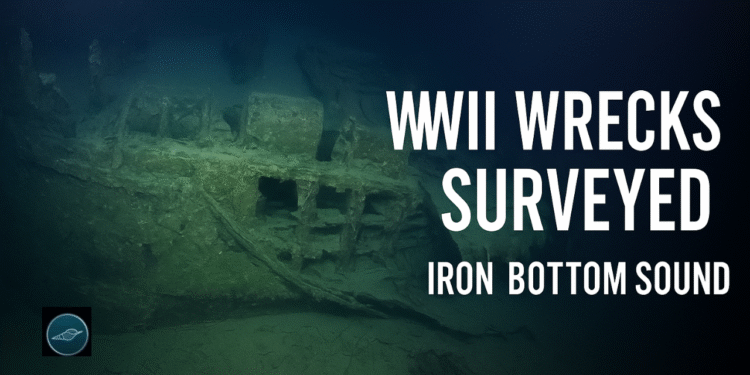Expedition uses advanced technology to map and film WWII shipwrecks in Solomon Islands’ Iron Bottom Sound.
An international expedition has completed detailed surveys of more than a dozen World War II shipwrecks in Iron Bottom Sound, Solomon Islands, using advanced deep-sea technology.
The mission, conducted aboard the exploration vessel Nautilus and led by the Ocean Exploration Trust (OET) with support from NOAA Ocean Exploration, mapped over 1,000 square kilometers of seafloor and captured ultra-high-resolution images of historic wrecks.
The team imaged four ships for the first time, including the bow of the USS New Orleans and the Imperial Japanese Navy destroyer Teruzuki. Surveys also documented vessels such as USS Vincennes, USS Astoria, USS Quincy, USS Northampton, HMAS Canberra, and several others.
“It was wonderful to return to Iron Bottom Sound, where we discovered Japanese, Australian, and American warships over 34 years ago,” said Dr. Robert Ballard, President of Ocean Exploration Trust. “This expedition was special, allowing us to film these sites in a manner not possible back then, as well as document other ships, while at the same time sharing our work live to the entire world.”
Iron Bottom Sound, located between Guadalcanal, Savo, and Nggela islands, was the site of five major naval battles in 1942, resulting in the loss of more than 20,000 lives, 111 ships, and 1,450 planes.
The expedition used the University of New Hampshire’s uncrewed surface vessel DriX, operated remotely from Honiara, to locate wrecks before deploying Nautilus ROVs. “The use of our uncrewed vessel allowed a tremendous increase in exploration efficiency,” said Dr. Larry Mayer, Director at the University of New Hampshire.
Experts from Japan, Australia, New Zealand, the United States, and over 130 specialists worldwide joined the mission via telepresence. Rear Admiral (ret.) Samuel J. Cox, Director of Naval History and Heritage Command, said the survey “will add immeasurably to the understanding of one of the most costly naval campaigns in history.”
“This expedition highlights the importance of such cutting-edge technologies and the strong partnership component of the Ocean Exploration Cooperative Institute,” said Captain William Mowitt of NOAA Ocean Exploration.
Dr. Daniel Wagner, OET Chief Scientist, added: “These deep-sea explorations highlight how many extraordinary things are still hidden and waiting to be found in the great depths of our ocean.”
